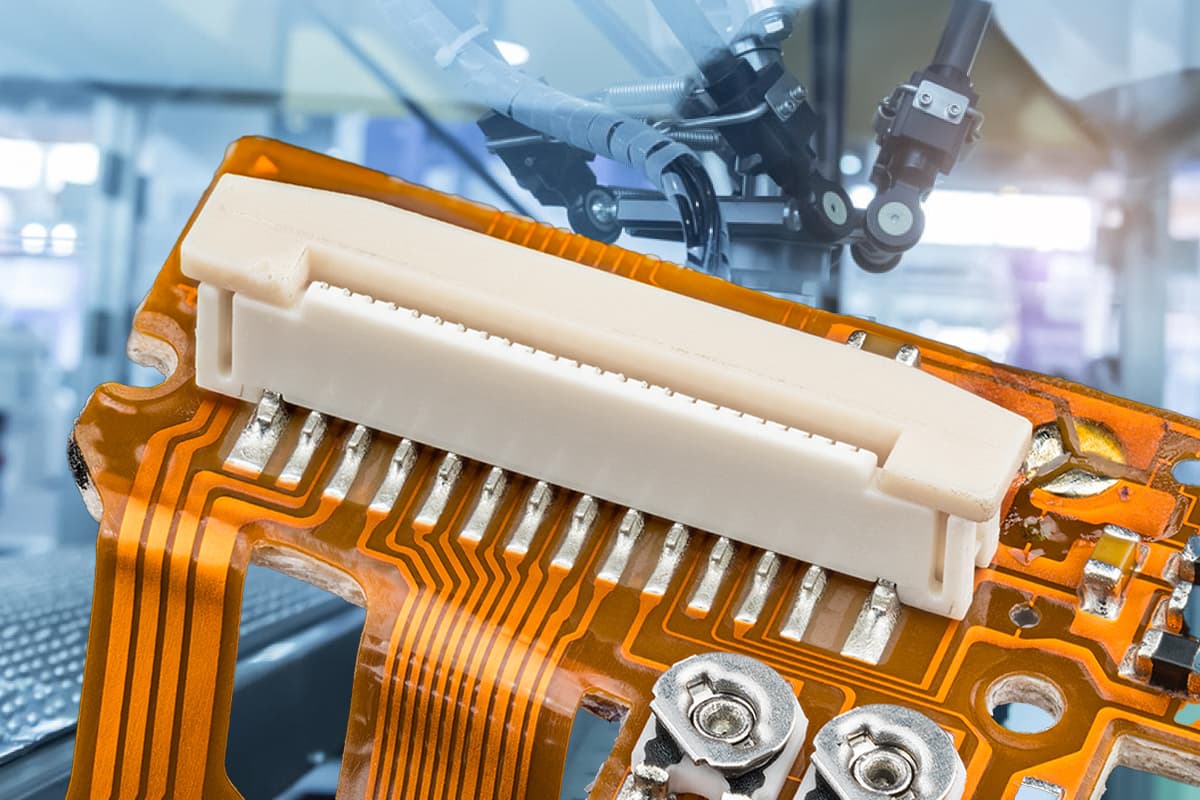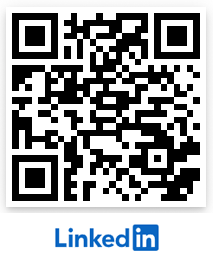What is a Wire-to-Board Connector? Simplifying Connections for Seamless Electrical Integration

In the realm of electrical engineering, wire-to-board connectors play a crucial role in establishing seamless connections between wires and circuit boards. These connectors are the unsung heroes that facilitate the transfer of electrical signals, enabling the smooth functioning of a wide range of devices. In this article, we will explore the concept of wire-to-board connectors, their significance, and how they simplify electrical integration.
Understanding Wire-to-Board Connectors
Wire-to-board connectors, as the name suggests, are connectors designed to join wires with a printed circuit board (PCB) or other electronic components. They are typically composed of two main parts: the housing and the terminals. The housing serves as a protective enclosure for the terminals, ensuring their proper alignment and insulation.
The Role of Wire-to-Board Connectors in Electrical Integration
Wire-to-board connectors act as a vital intermediary, bridging the gap between the wires and the PCB. These connectors allow for the efficient transfer of electrical signals, power, and data between different components, facilitating the seamless functioning of electronic devices. By providing a reliable and secure connection, wire-to-board connectors contribute to the overall performance, durability, and longevity of various electrical systems.
The Flexibility of Wire-to-Board Connectors:
Wire-to-board connectors come in various shapes, sizes, and configurations, making them versatile and adaptable to different application requirements. They can accommodate a wide range of wire gauges and are available in different pin counts, allowing engineers to customize their design based on specific project needs. This flexibility ensures that wire-to-board connectors can be used across diverse industries, such as automotive, consumer electronics, telecommunications, and industrial equipment.
Simplifying Connections with Wire-to-Board Connectors
Efficiency in Electrical Integration:
Wire-to-board connectors simplify the process of electrical integration, offering significant advantages to engineers and manufacturers. These connectors eliminate the need for manual soldering, which can be time-consuming and prone to human error. Instead, they enable a swift and reliable connection by using mating terminals that securely attach to the PCB. This streamlined approach enhances productivity and reduces assembly time, allowing for more efficient manufacturing processes.
Reliable and Secure Connections:
The primary purpose of wire-to-board connectors is to establish reliable and secure connections between wires and PCBs. They ensure proper alignment, insulation, and contact between the wires and the circuit board, reducing the risk of loose connections, intermittent signals, or electrical failures. This reliability is especially critical in applications where vibrations, shocks, or environmental factors may impact the electrical system's performance.
Enhancing Serviceability and Modularity:
Wire-to-board connectors also enhance serviceability and modularity in electronic devices. By using these connectors, components can be easily disconnected and replaced when needed, simplifying maintenance and repair processes. Additionally, the modular nature of wire-to-board connectors allows for scalability and flexibility in product design. Manufacturers can add or modify components without extensive rewiring, making it easier to introduce product updates or variations.
Wire-to-board connectors are essential components that enable seamless electrical integration in various industries. With their ability to establish reliable connections, simplify manufacturing processes, and enhance serviceability, these connectors play a pivotal role in ensuring the efficient and robust operation of electronic devices. Whether it's a small consumer gadget or a complex industrial system, wire-to-board connectors provide the necessary link between wires and circuit boards, allowing for the smooth transfer of power and data.
Understanding Wire-to-Board Connectors
Wire-to-board connectors, as the name suggests, are connectors designed to join wires with a printed circuit board (PCB) or other electronic components. They are typically composed of two main parts: the housing and the terminals. The housing serves as a protective enclosure for the terminals, ensuring their proper alignment and insulation.
The Role of Wire-to-Board Connectors in Electrical Integration
Wire-to-board connectors act as a vital intermediary, bridging the gap between the wires and the PCB. These connectors allow for the efficient transfer of electrical signals, power, and data between different components, facilitating the seamless functioning of electronic devices. By providing a reliable and secure connection, wire-to-board connectors contribute to the overall performance, durability, and longevity of various electrical systems.
The Flexibility of Wire-to-Board Connectors:
Wire-to-board connectors come in various shapes, sizes, and configurations, making them versatile and adaptable to different application requirements. They can accommodate a wide range of wire gauges and are available in different pin counts, allowing engineers to customize their design based on specific project needs. This flexibility ensures that wire-to-board connectors can be used across diverse industries, such as automotive, consumer electronics, telecommunications, and industrial equipment.
Simplifying Connections with Wire-to-Board Connectors
Efficiency in Electrical Integration:
Wire-to-board connectors simplify the process of electrical integration, offering significant advantages to engineers and manufacturers. These connectors eliminate the need for manual soldering, which can be time-consuming and prone to human error. Instead, they enable a swift and reliable connection by using mating terminals that securely attach to the PCB. This streamlined approach enhances productivity and reduces assembly time, allowing for more efficient manufacturing processes.
Reliable and Secure Connections:
The primary purpose of wire-to-board connectors is to establish reliable and secure connections between wires and PCBs. They ensure proper alignment, insulation, and contact between the wires and the circuit board, reducing the risk of loose connections, intermittent signals, or electrical failures. This reliability is especially critical in applications where vibrations, shocks, or environmental factors may impact the electrical system's performance.
Enhancing Serviceability and Modularity:
Wire-to-board connectors also enhance serviceability and modularity in electronic devices. By using these connectors, components can be easily disconnected and replaced when needed, simplifying maintenance and repair processes. Additionally, the modular nature of wire-to-board connectors allows for scalability and flexibility in product design. Manufacturers can add or modify components without extensive rewiring, making it easier to introduce product updates or variations.
Wire-to-board connectors are essential components that enable seamless electrical integration in various industries. With their ability to establish reliable connections, simplify manufacturing processes, and enhance serviceability, these connectors play a pivotal role in ensuring the efficient and robust operation of electronic devices. Whether it's a small consumer gadget or a complex industrial system, wire-to-board connectors provide the necessary link between wires and circuit boards, allowing for the smooth transfer of power and data.





